
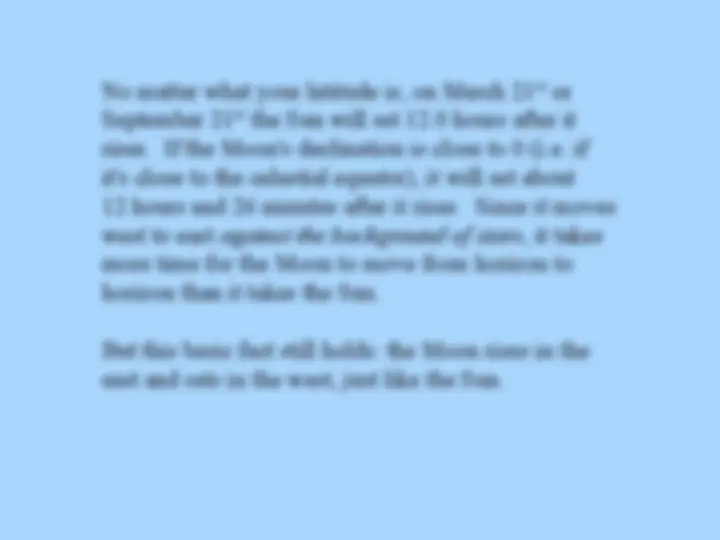
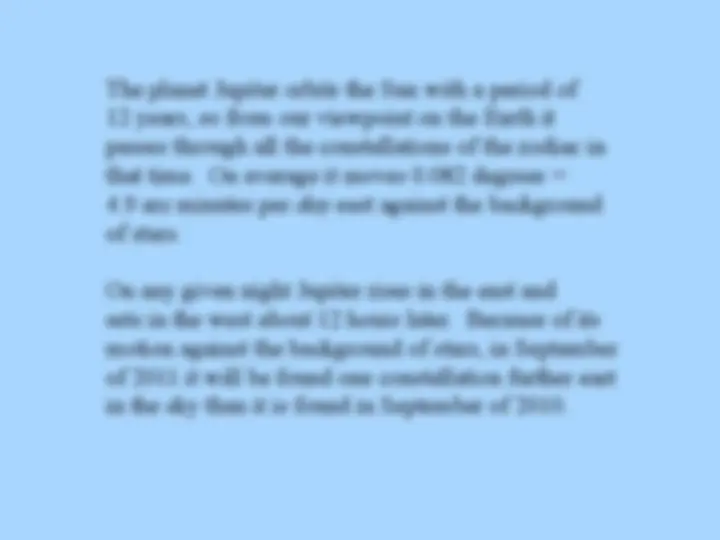
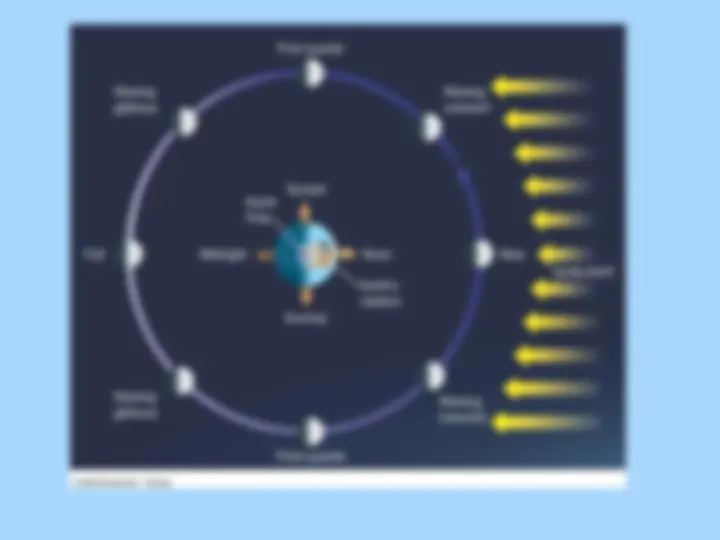
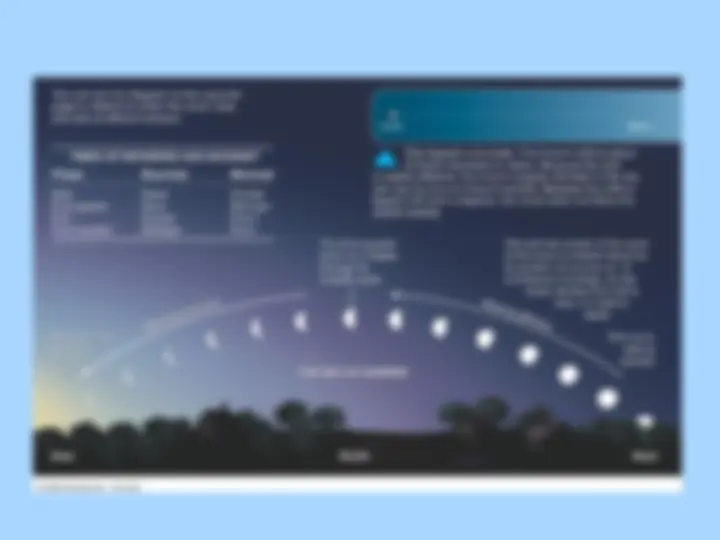
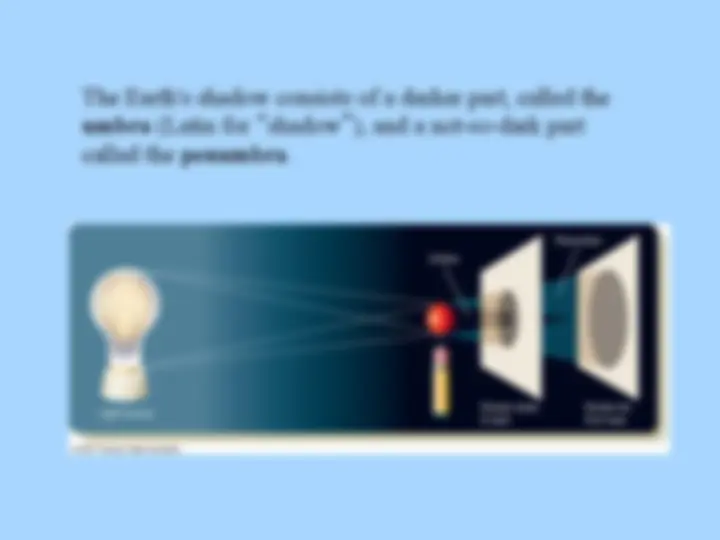

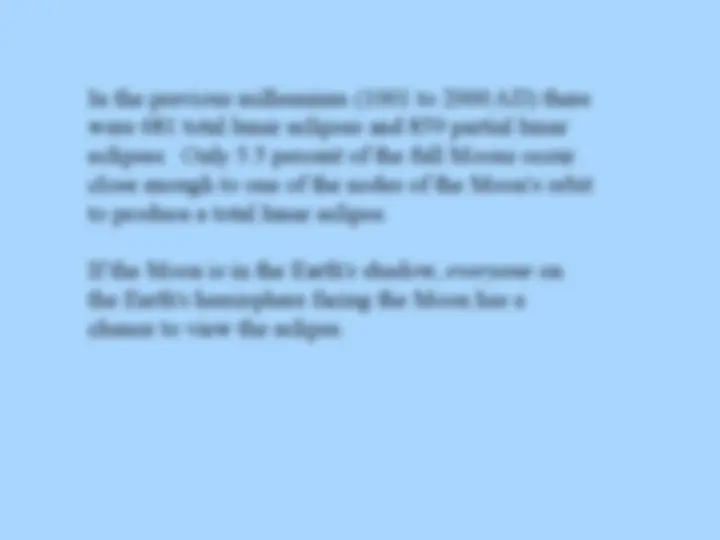
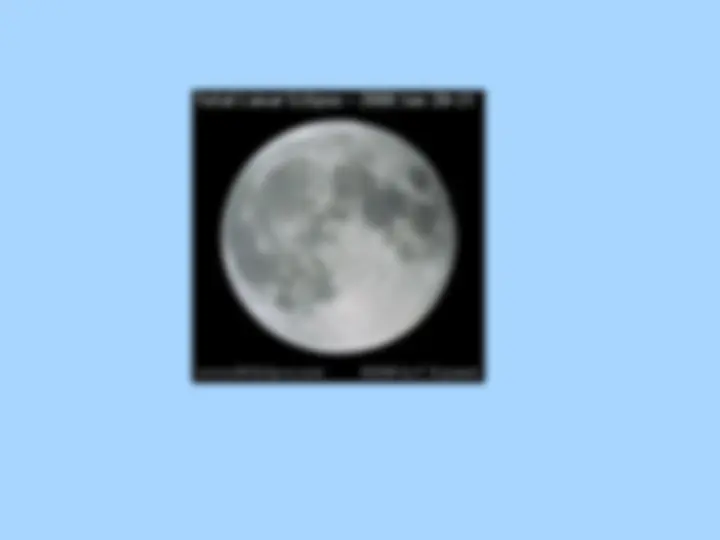
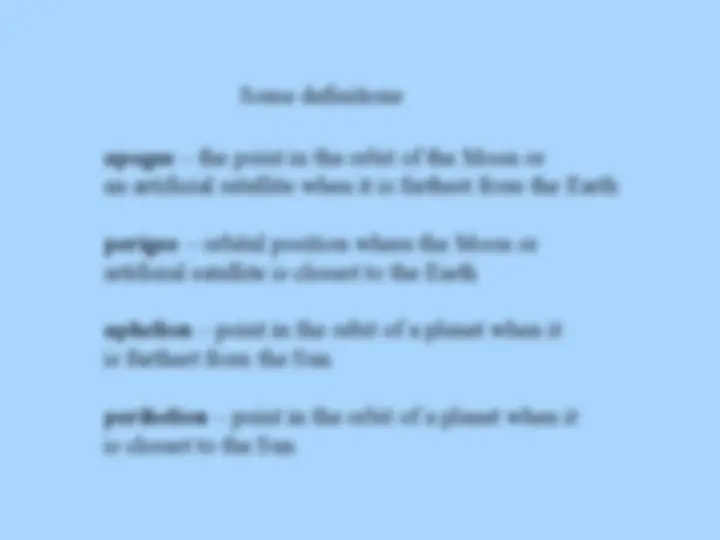
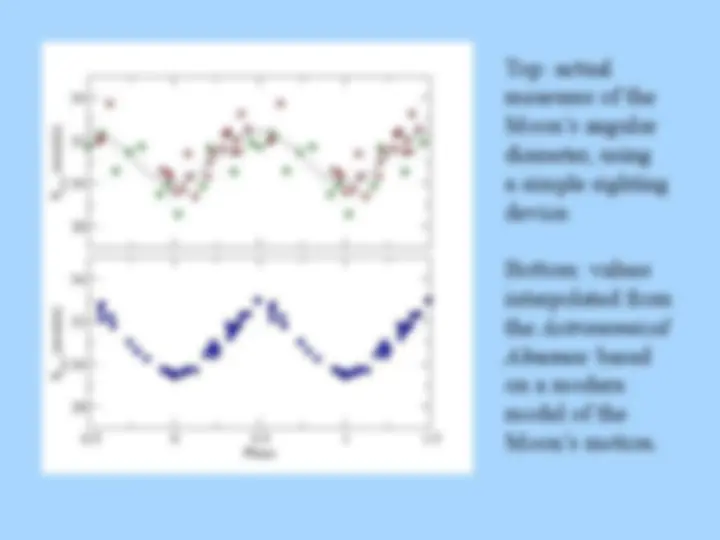
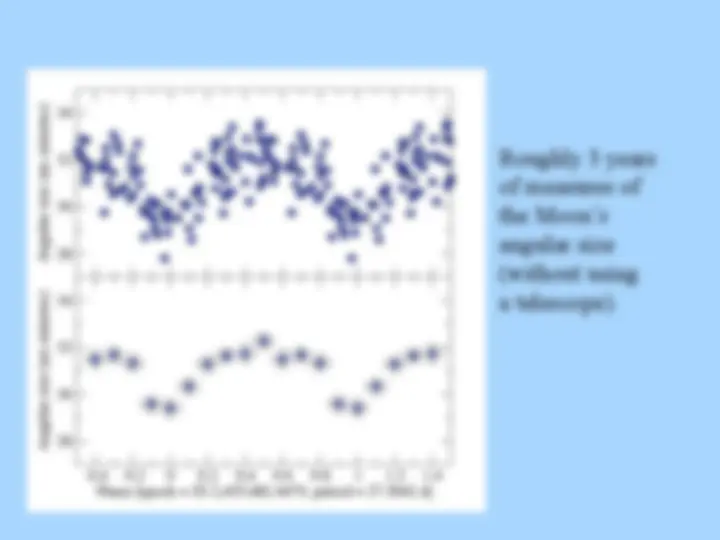
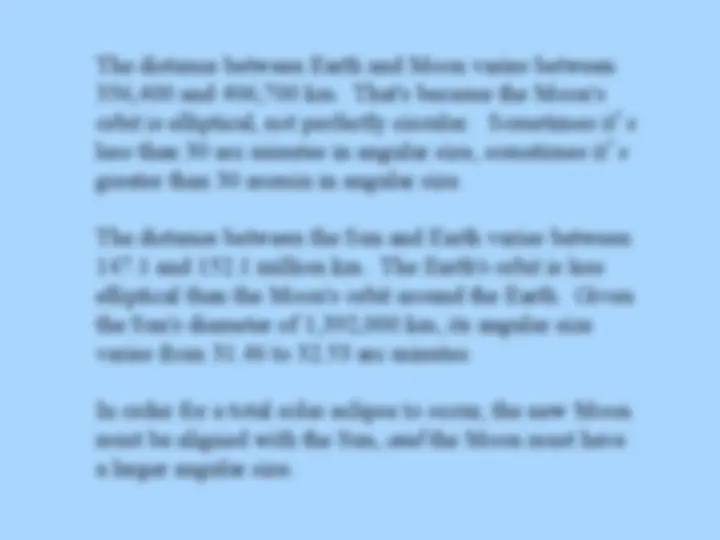

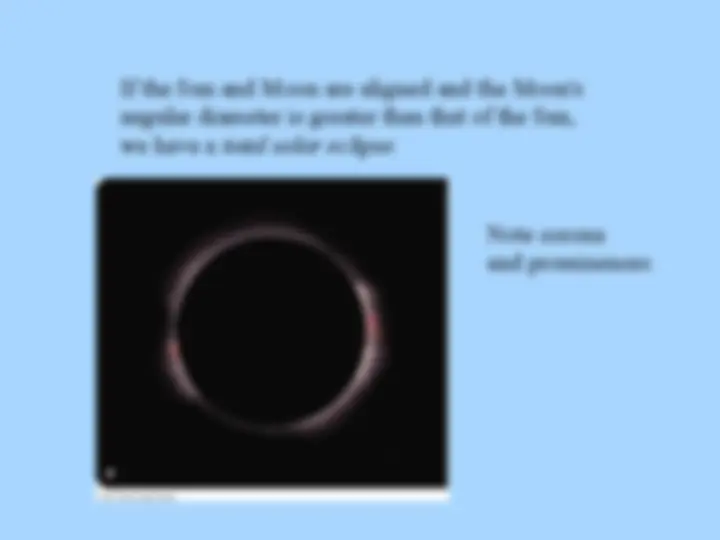

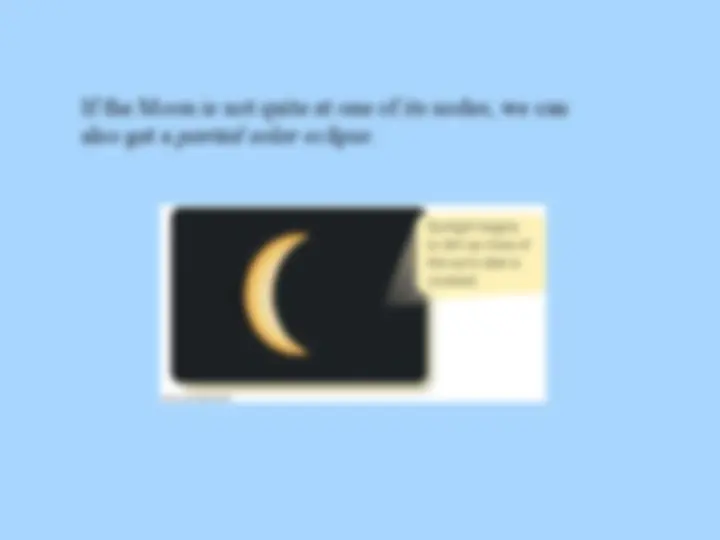
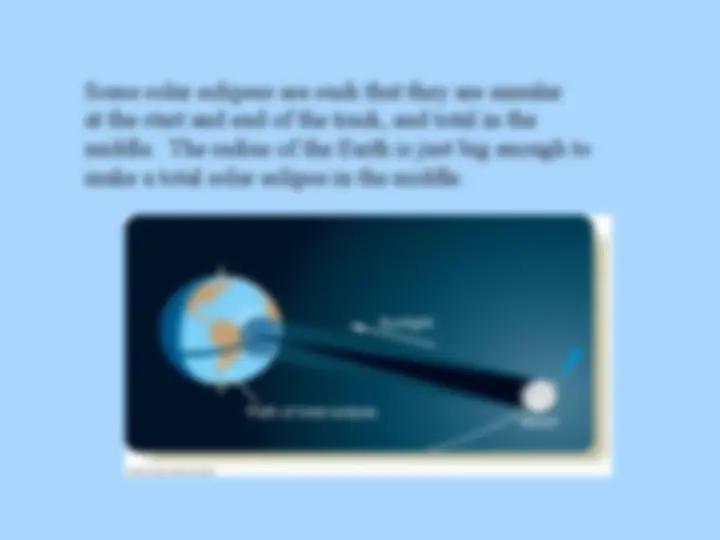
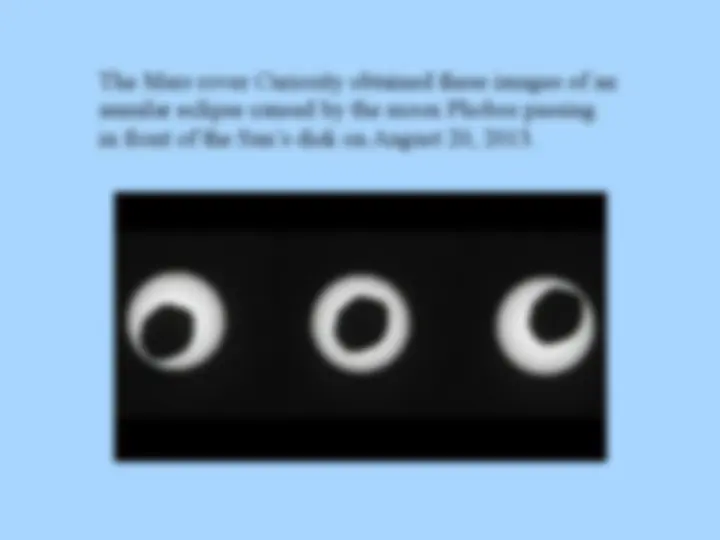
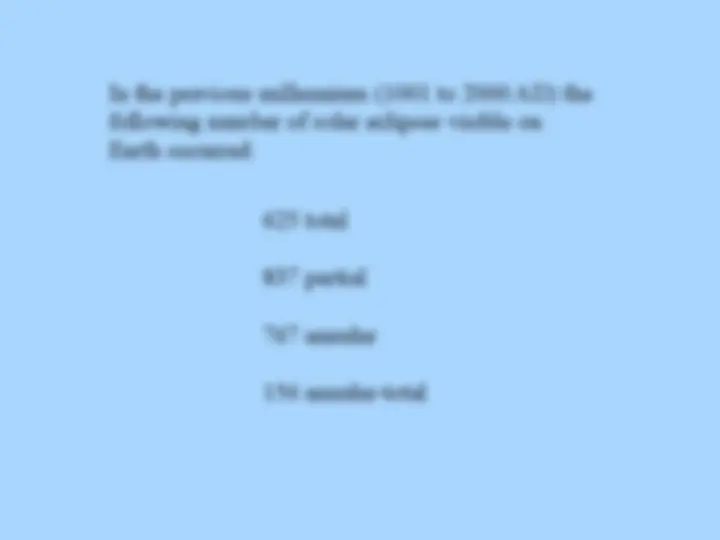
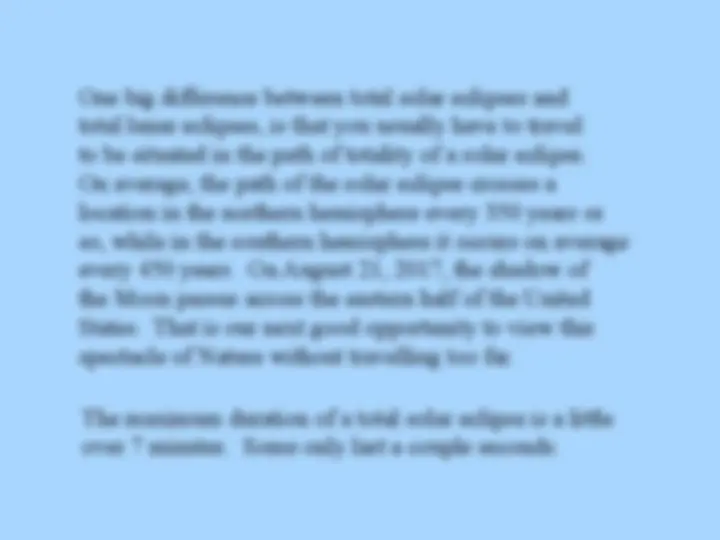
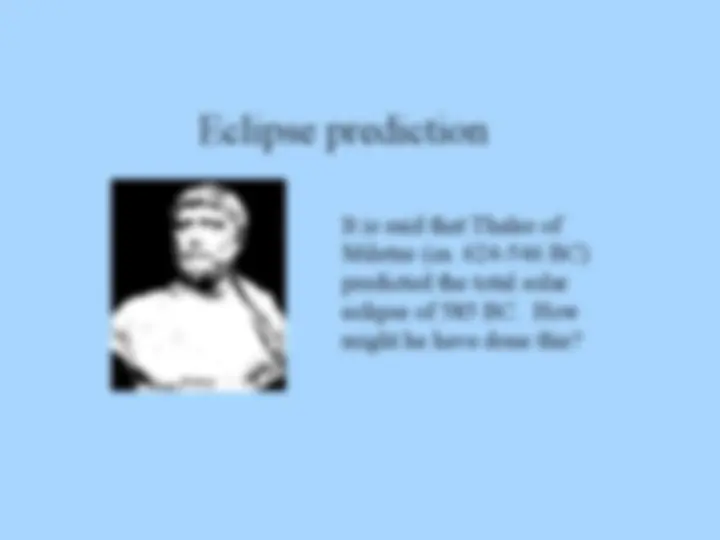
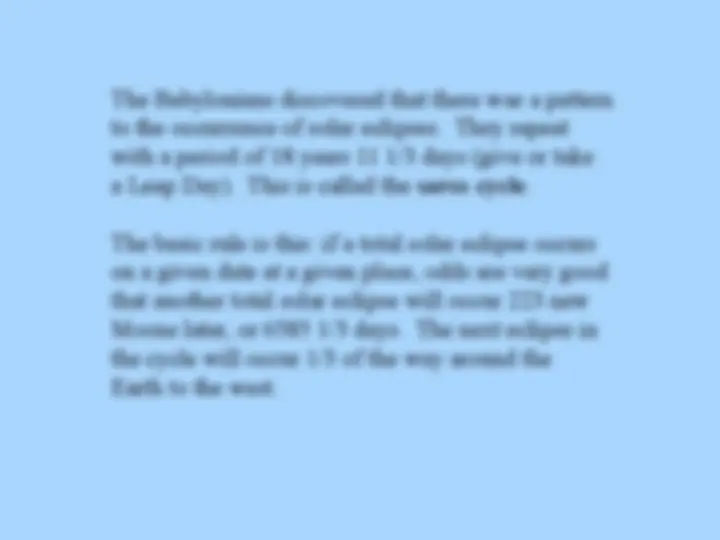
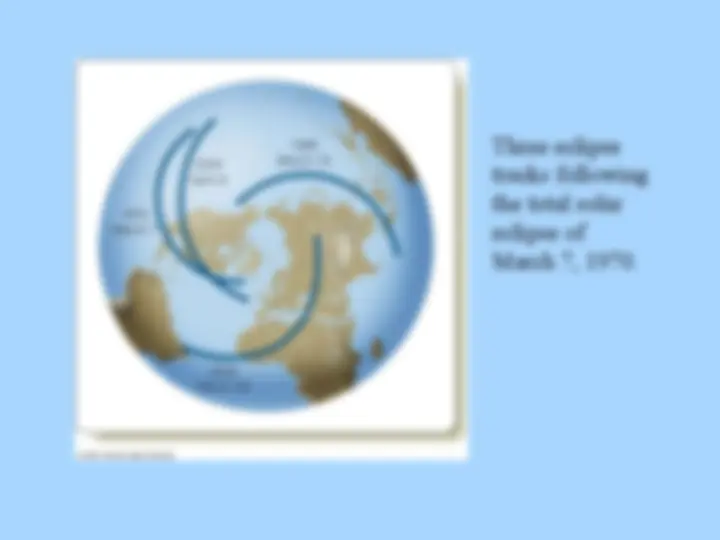
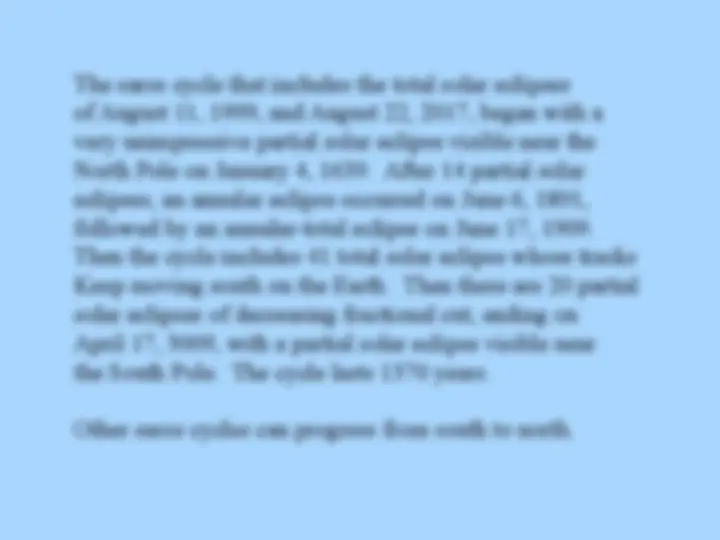
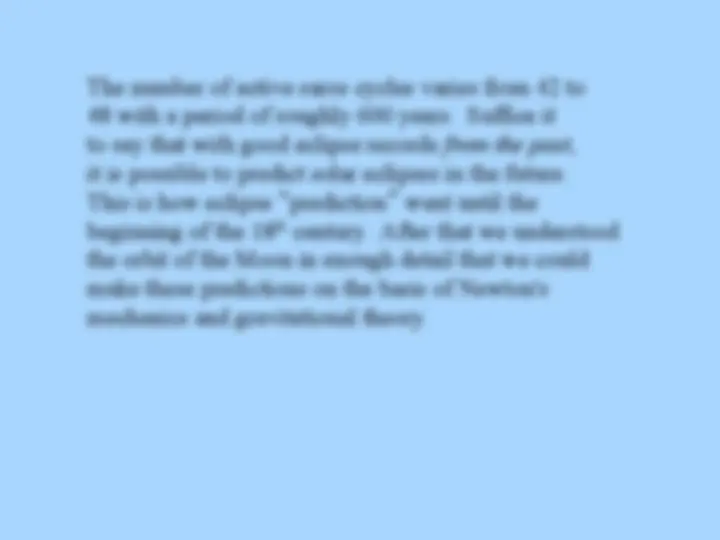
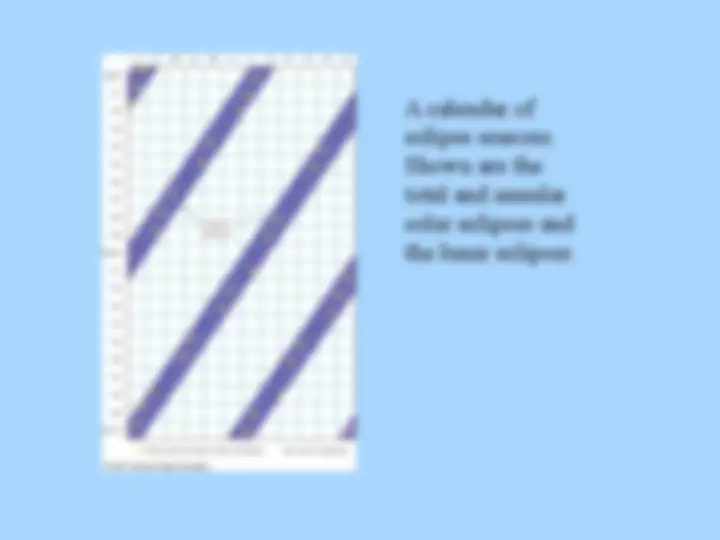


Study with the several resources on Docsity

Earn points by helping other students or get them with a premium plan


Prepare for your exams
Study with the several resources on Docsity

Earn points to download
Earn points by helping other students or get them with a premium plan
Community
Ask the community for help and clear up your study doubts
Discover the best universities in your country according to Docsity users
Free resources
Download our free guides on studying techniques, anxiety management strategies, and thesis advice from Docsity tutors
The lunar and solar eclipses, their periods, phases, and orbits. It covers the sidereal and synodic periods of the Moon, the Moon's motion against the background of stars, and the Earth's shadow and its effect on lunar phases. Additionally, it discusses the differences between total, partial, annular, and annular-total solar eclipses, the Saros cycle, and Thales of Miletus' prediction of a solar eclipse.
What you will learn
Typology: Lecture notes
1 / 34

This page cannot be seen from the preview
Don't miss anything!



























The Moon orbits the Earth and returns to the same right ascension every 27.32 days. (It moves eastward against the background of stars.) This is the sidereal (si-DER-e-al) period of the Moon (“time with respect to the stars”). During this time the Earth has moved along on its orbit around the Sun. The lunar phases repeat every 29.53 days. This is the synodic period of the Moon.
Since the Moon takes 27.32 days to return to the same right ascension, its mean motion is 360 degrees / (27.32 days X 24 hours/day) = 0.549 deg/hour If you are standing outside looking at the Moon, it is moving 15 degrees per hour from east to west owing to the rotation of the Earth. But it's also moving 0. deg/hour from west to east against the background of stars. ----------------------------------------------------------------> <--- Its net motion is still from east to west in the horizon system of coordinates.
The planet Jupiter orbits the Sun with a period of 12 years, so from our viewpoint on the Earth it passes through all the constellations of the zodiac in that time. On average it moves 0.082 degrees = 4.9 arc minutes per day east against the background of stars. On any given night Jupiter rises in the east and sets in the west about 12 hours later. Because of its motion against the background of stars, in September of 2011 it will be found one constellation further east in the sky than it is found in September of 2010.
If the Moon passes completely into the dark part of the Earth's shadow, which can only occur at full Moon , there is a total lunar eclipse. If only part of the Moon enters the umbra, we have a partial lunar eclipse.
At the average distance of the Moon from the Earth, the Earth's umbral shadow is 2.65 times the angular diameter of the Moon, or about 1.37 degrees. But a lunar eclipse does not occur every full Moon because of the tilt of the Moon's orbit with respect to the ecliptic.
In the previous millennium (1001 to 2000 AD) there were 681 total lunar eclipses and 859 partial lunar eclipses. Only 5.5 percent of the full Moons occur close enough to one of the nodes of the Moon's orbit to produce a total lunar eclipse. If the Moon is in the Earth's shadow, everyone on the Earth's hemisphere facing the Moon has a chance to view the eclipse.
Because the Moon's orbit around the Earth is elliptical, the angular diameter of the Moon changes somewhat. Similarly, because the Earth's orbit about the Sun is also elliptical (but less so), the Sun's angular diameter changes.
A simple sighting device that can be used to measure the Moon’s angular size.
Roughly 3 years of measures of the Moon’s angular size (without using a telescope).
The distance between Earth and Moon varies between 356,400 and 406,700 km. That's because the Moon's orbit is elliptical, not perfectly circular. Sometimes it’s less than 30 arc minutes in angular size, sometimes it’s greater than 30 arcmin in angular size. The distance between the Sun and Earth varies between 147.1 and 152.1 million km. The Earth's orbit is less elliptical than the Moon's orbit around the Earth. Given the Sun's diameter of 1,392,000 km, its angular size varies from 31.46 to 32.53 arc minutes. In order for a total solar eclipse to occur, the new Moon must be aligned with the Sun, and the Moon must have a larger angular size.